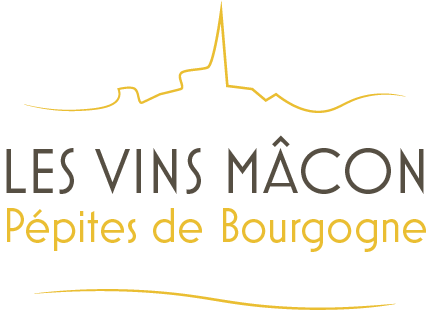Mâcon-Chardonnay
THE WINES
White wines
A lovely pale-yellow gold color with hints of silver, Mâcon-Chardonnay wines from the eponymous varietal offer a very indulgent aromatic palette. They tend to be fruity wines, opening with aromas of ripe orchard fruits combining pear with apple, apricot, and peach, along with hints of quince cheese that are characteristic of the appellation. The attack is often very forthright, followed by an acidulated structure. They even have a special verb here to describe that: To “chardonner”.
Colors
Production

mâcon-Chardonnay
An additional geographical denomination that is part of the Régionale Mâcon appellation in the Mâconnais.
According to the 2005 specifications rules, the name Mâcon-Chardonnay refers to white wines grown within a defined area in the villages of Chardonnay, Ozenay, Plottes, and Tournus.
SITUATION
Located in the northern part of the Mâconnais, the vines of the Mâcon-Chardonnay appellation grow on the slopes of two valleys: On the one side, on the northernmost extension of the hillside of Lugny along to the village of Ozenay, and on the other, between Chardonnay and the hills looking down over Tournus where the Mâcon-Mancey appellation begins.
Describing both a wine, a varietal, and a village, the name “Chardonnay” is both fascinating and intriguing by turns.
Founded by the Romans, the ancient settlement of Cardonacum became Chardonnay over time, and turned to winegrowing early on. This is demonstrated by the presence of much architectural heritage dedicated to the transformation of grapes, such as the tithe barn of the Abbey of Saint-Philibert in Champvent, the fortified farm of the Cathedral Chapter of Saint-Vincent de Mâcon, and the cellars of the Château d’Ozenay. From the end of the 19th century, the village made a name for itself by producing white wines from the famous varietal which, at that time, was referred to by many different names. When he visited the Baron d’Empire Chapuis-Montlaville’s property in 1860, Dr. Jules Guyot, a pioneer of vine pruning techniques, saw “Chardennets” plants that were more than 80 years old. Gradually, the name of the village of Chardonnay became confused with that of the grape varietal, which has since become the most popular white grape varietal in the world.
TERROIR
LEVEL 1
In this northern part of the central Mâconnais, the vineyards of the village of Chardonnay are found on the northern extension of the short Lugny valley to the west, and the northern part of the big range that extends from Chaintré towards Tournus. It spreads from village level at 240 meters above sea level to the tops of the hills at 350 meters.
LEVEL 2
Symmetrically from west to east, the highest vines facing the rising sun grow on warm oolite limestone that is reddish on the surface, on the slopes of Champvent-Gratay-Ozenay, the quarries of Chardonnay and in Crâ sur Plottes. On the outskirts of the villages and from the bottom of the valley, the soil contains more marl, is stickier and contains more fossils, mainly on the other side of the hill on the “white” land, reputed for producing more lively wines. On the berm, siliceous-clay soil from the Kimmeridgean, known as “Beluzes” in the Mâconnais, offers easier yet just as high-quality rooting for the Chardonnay grape.

